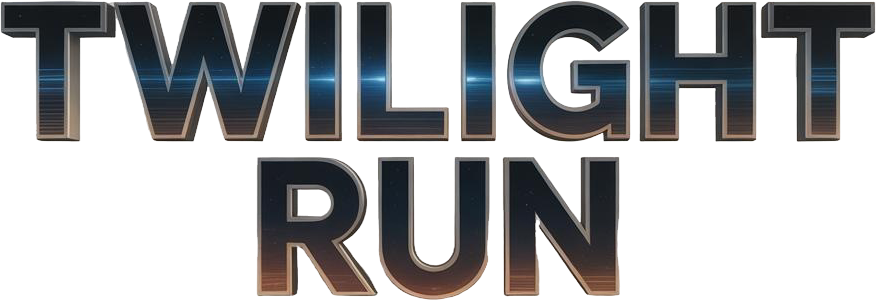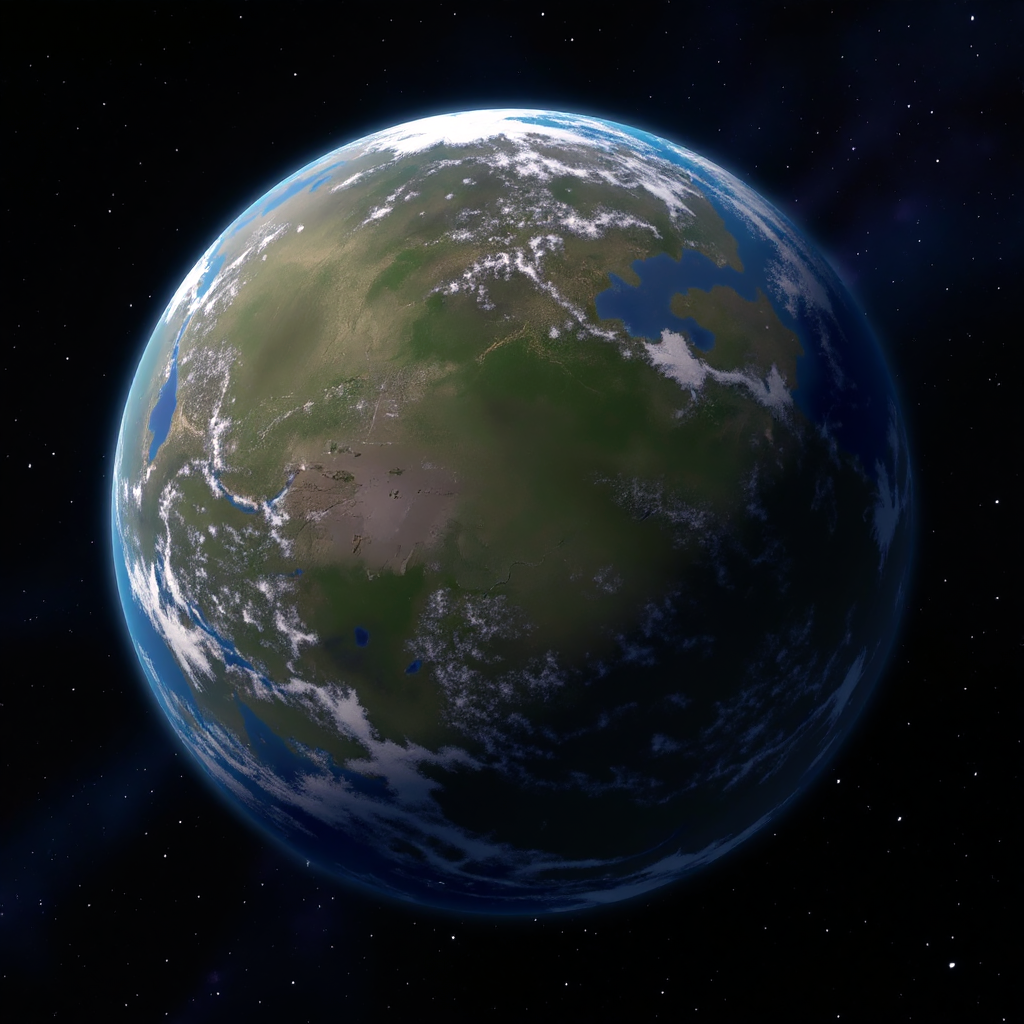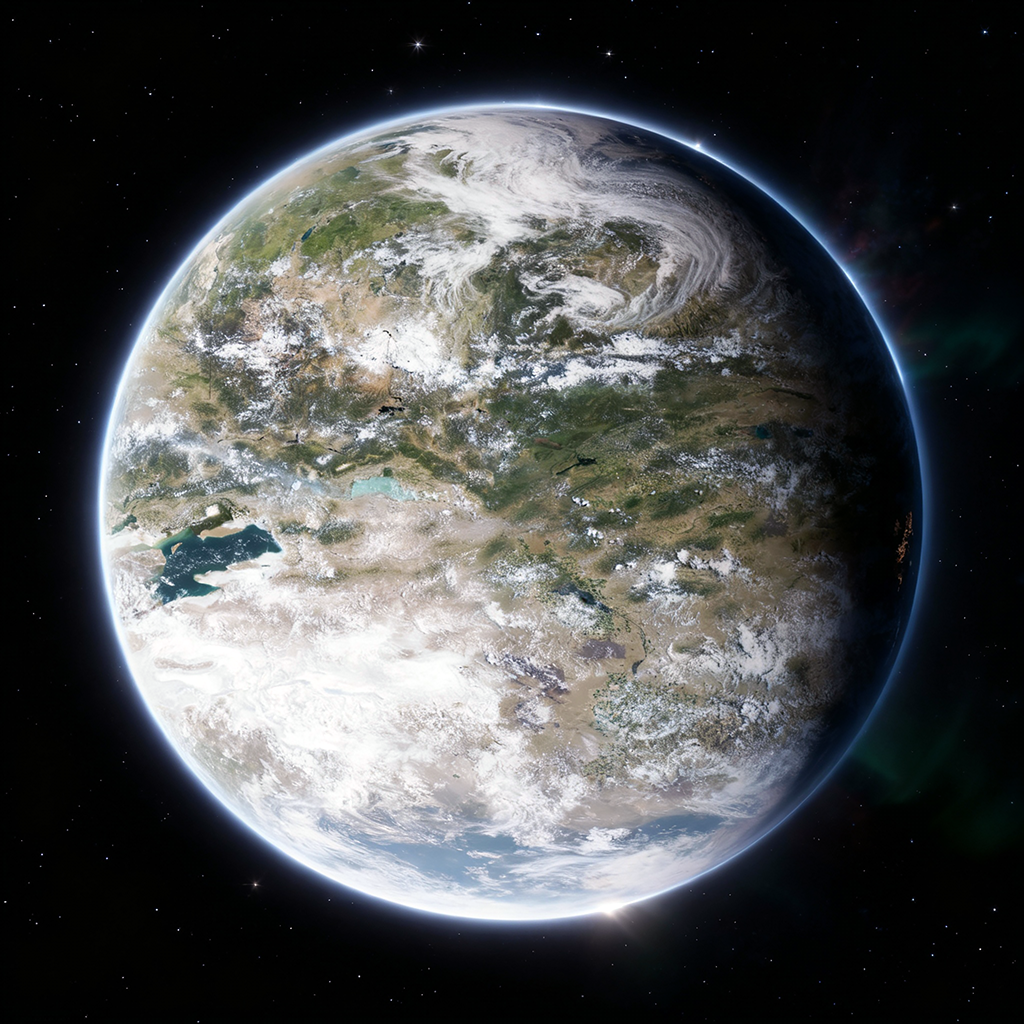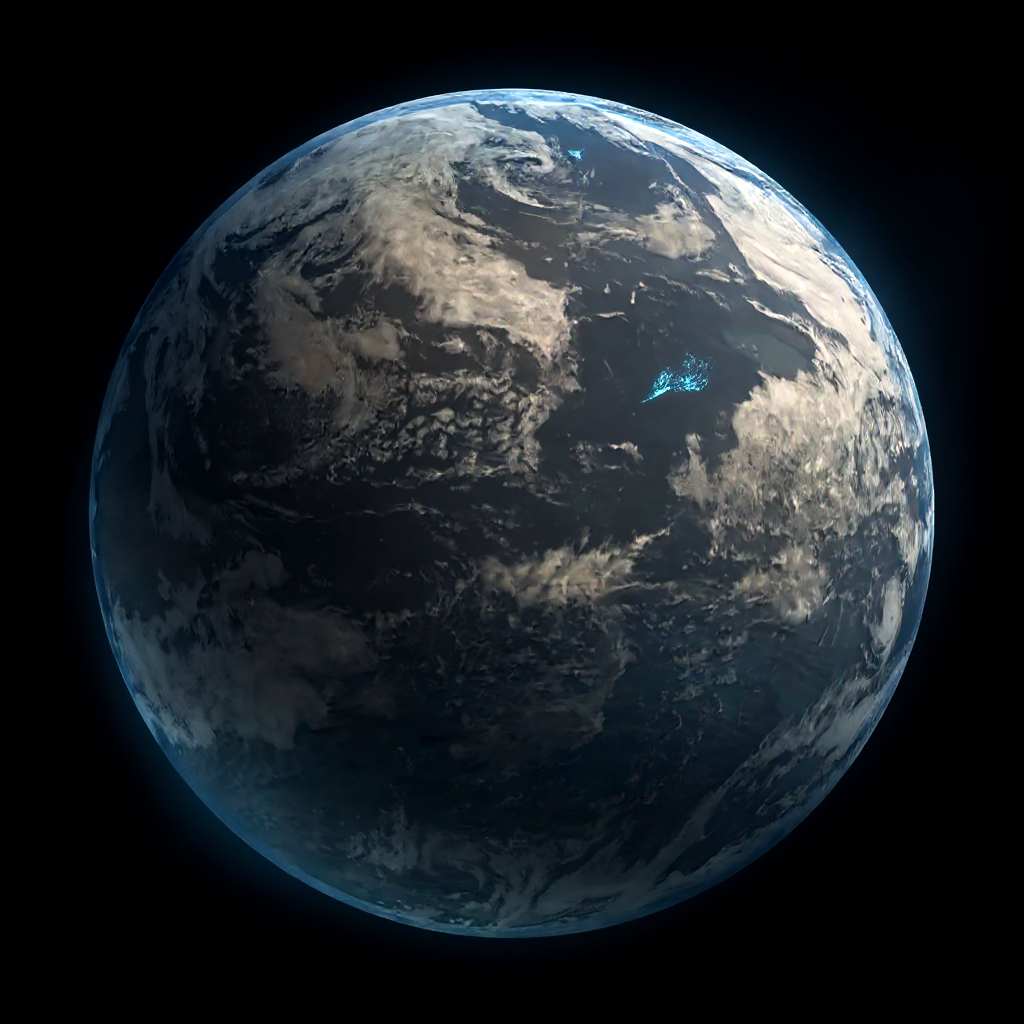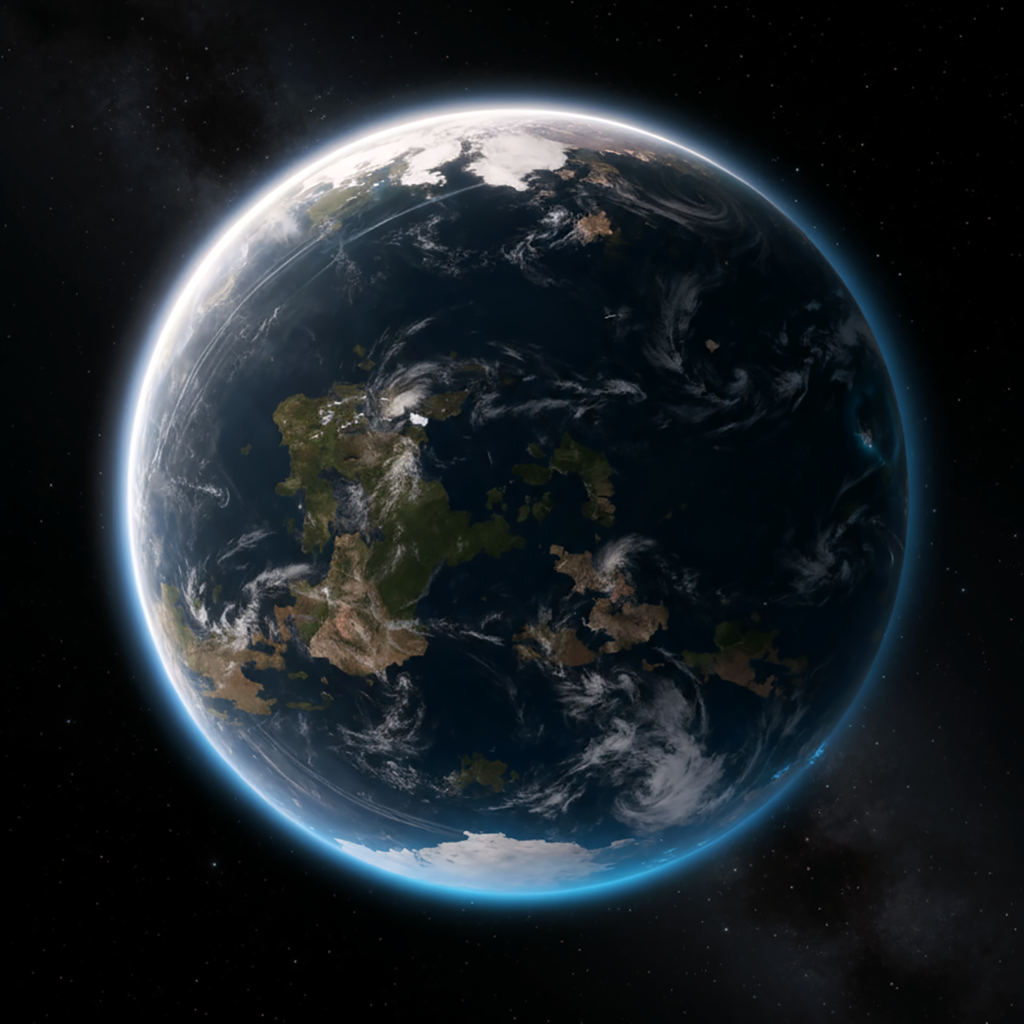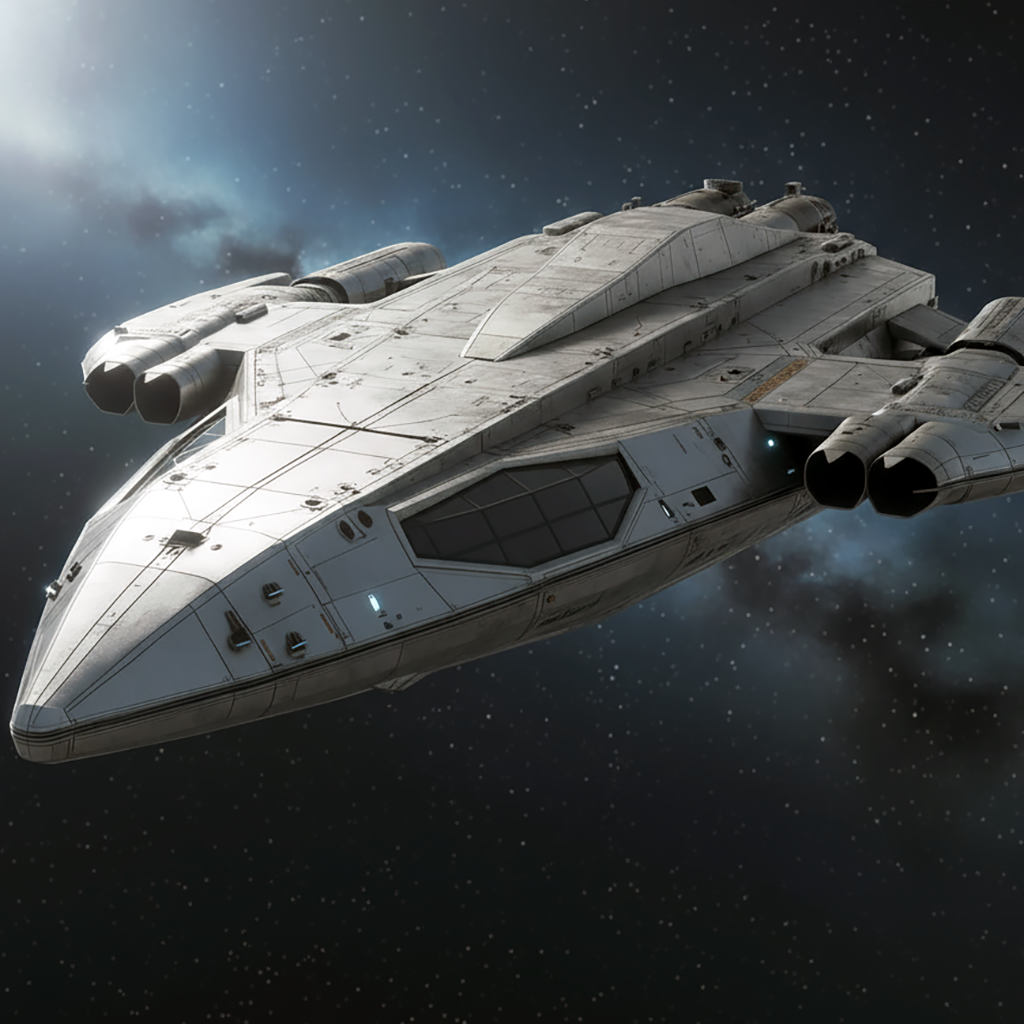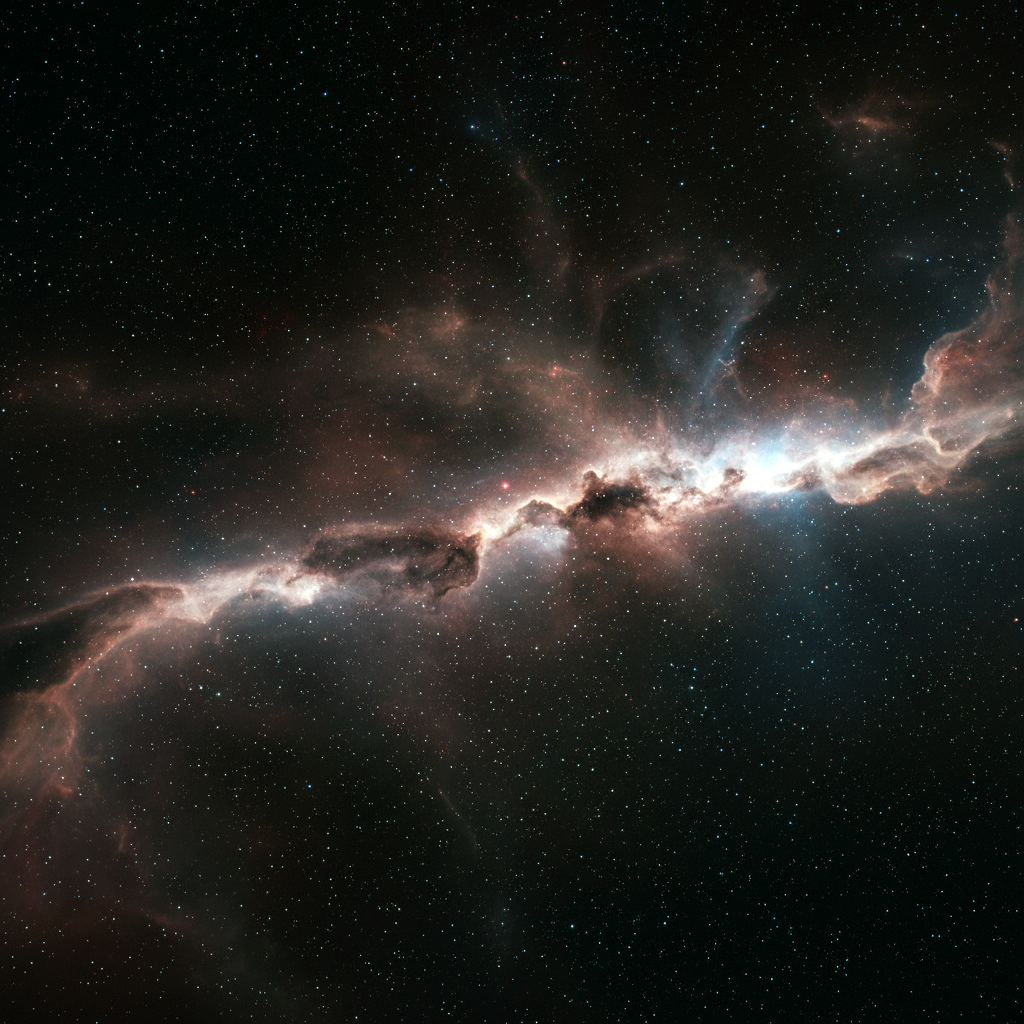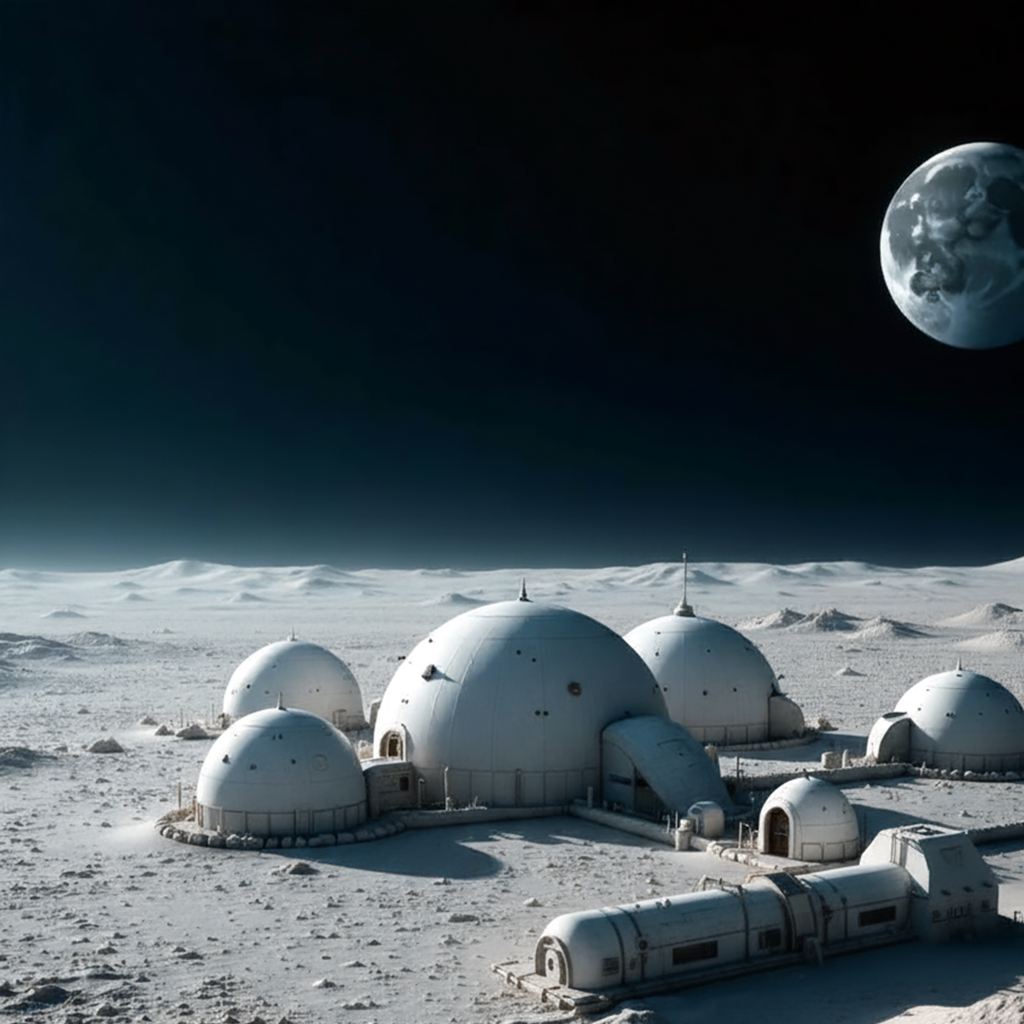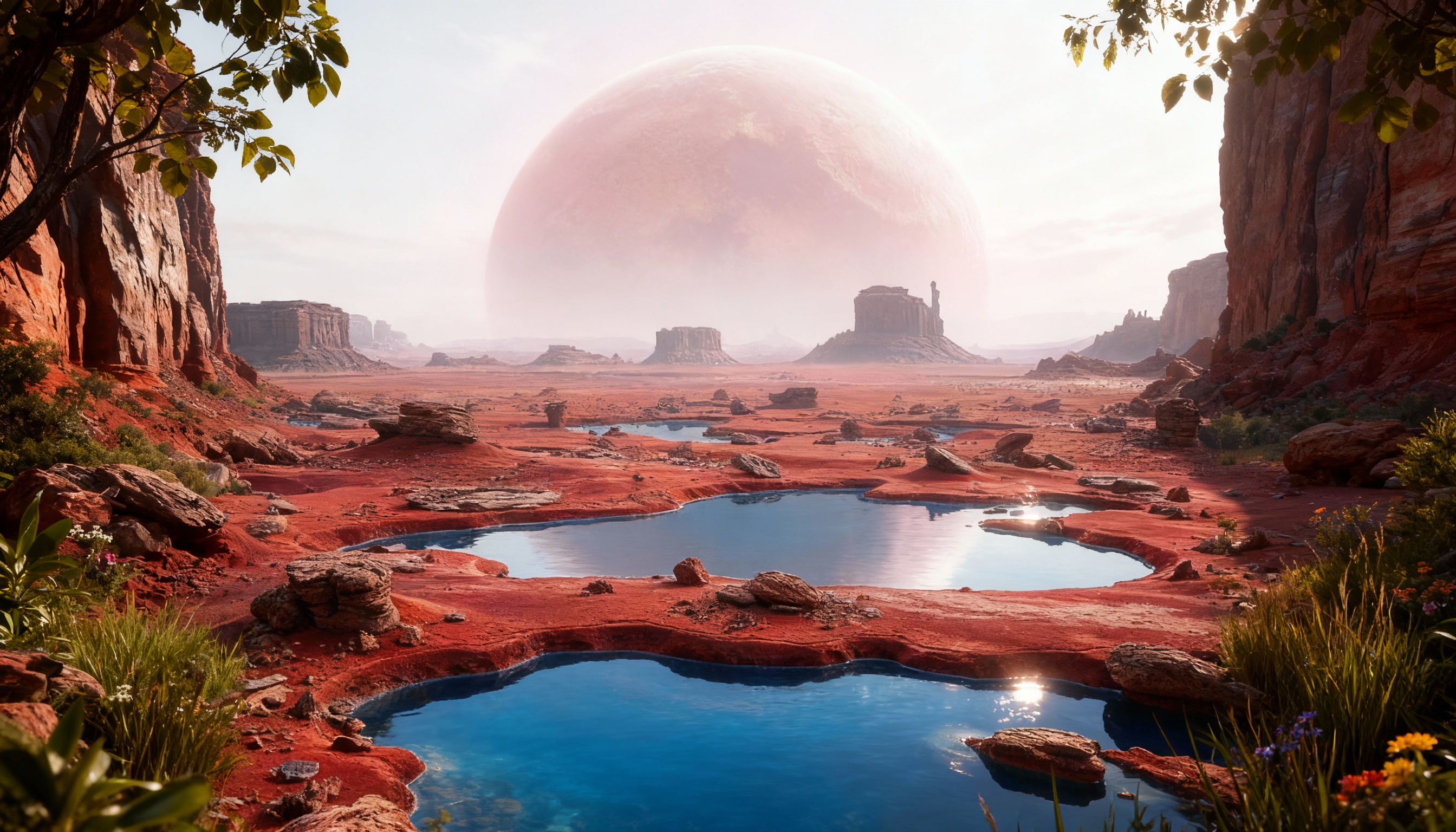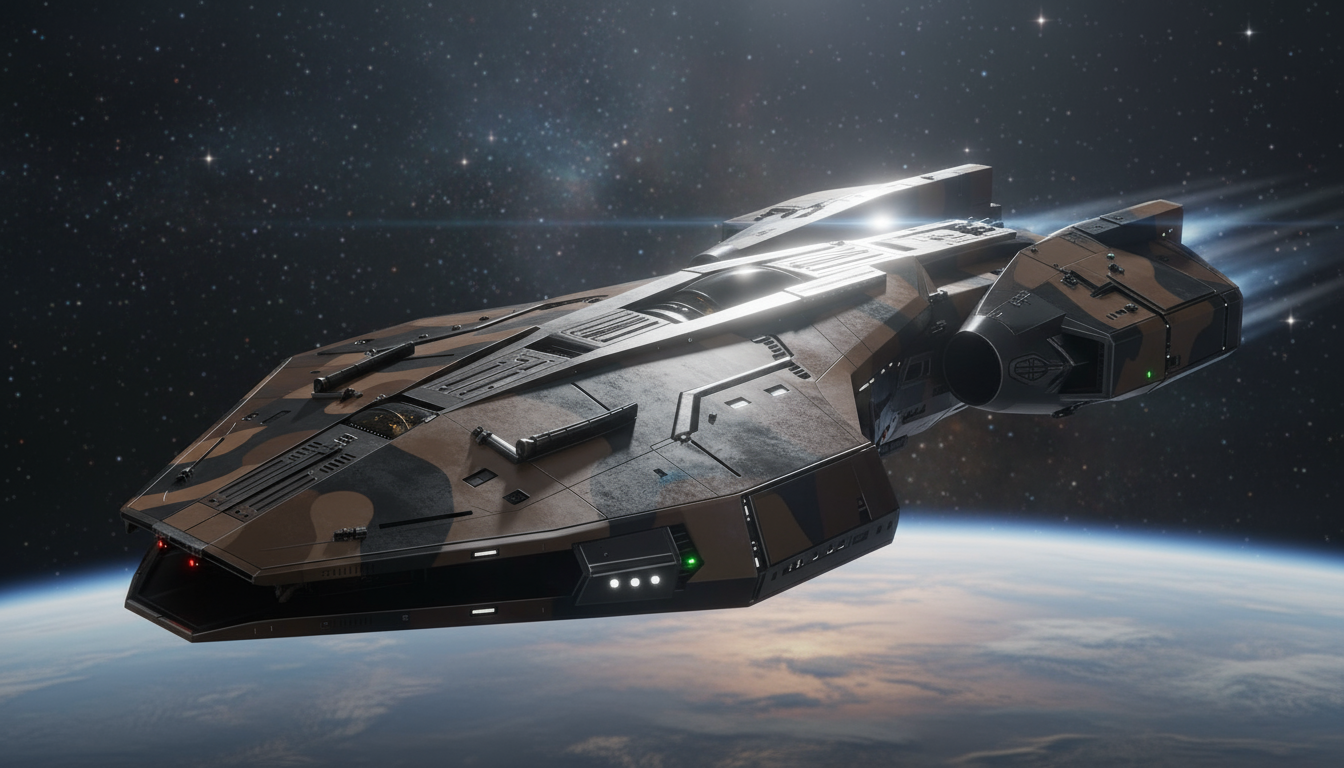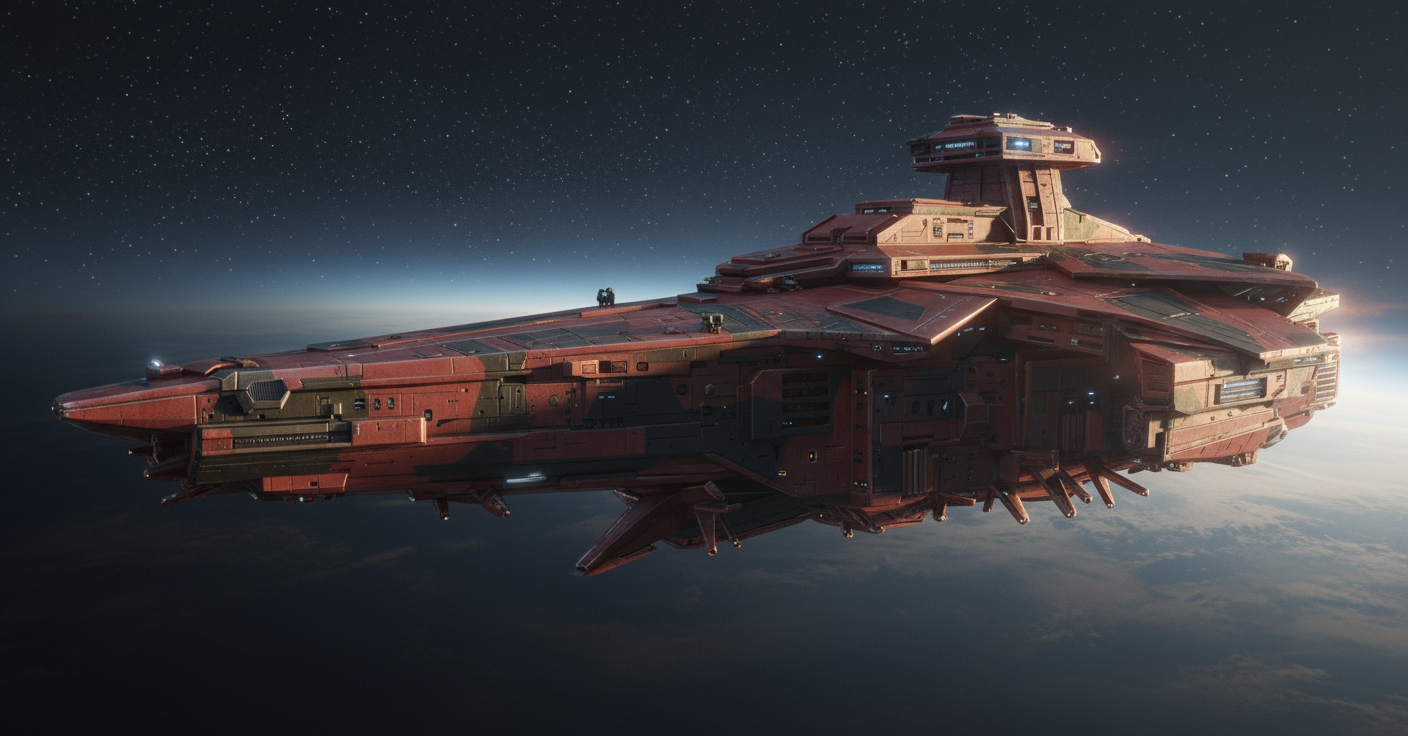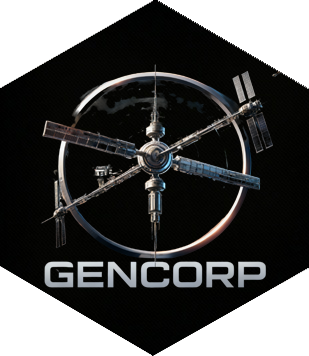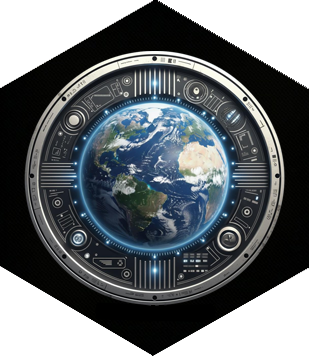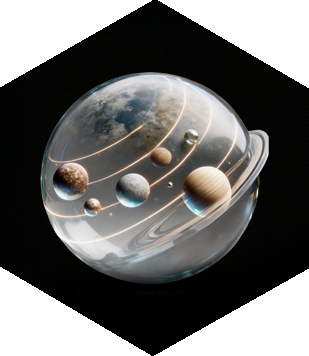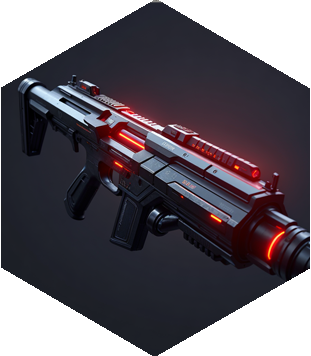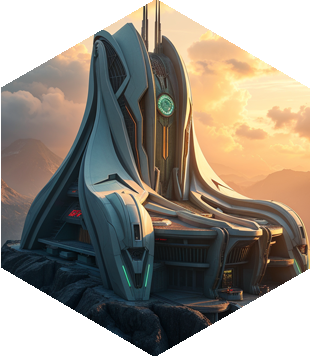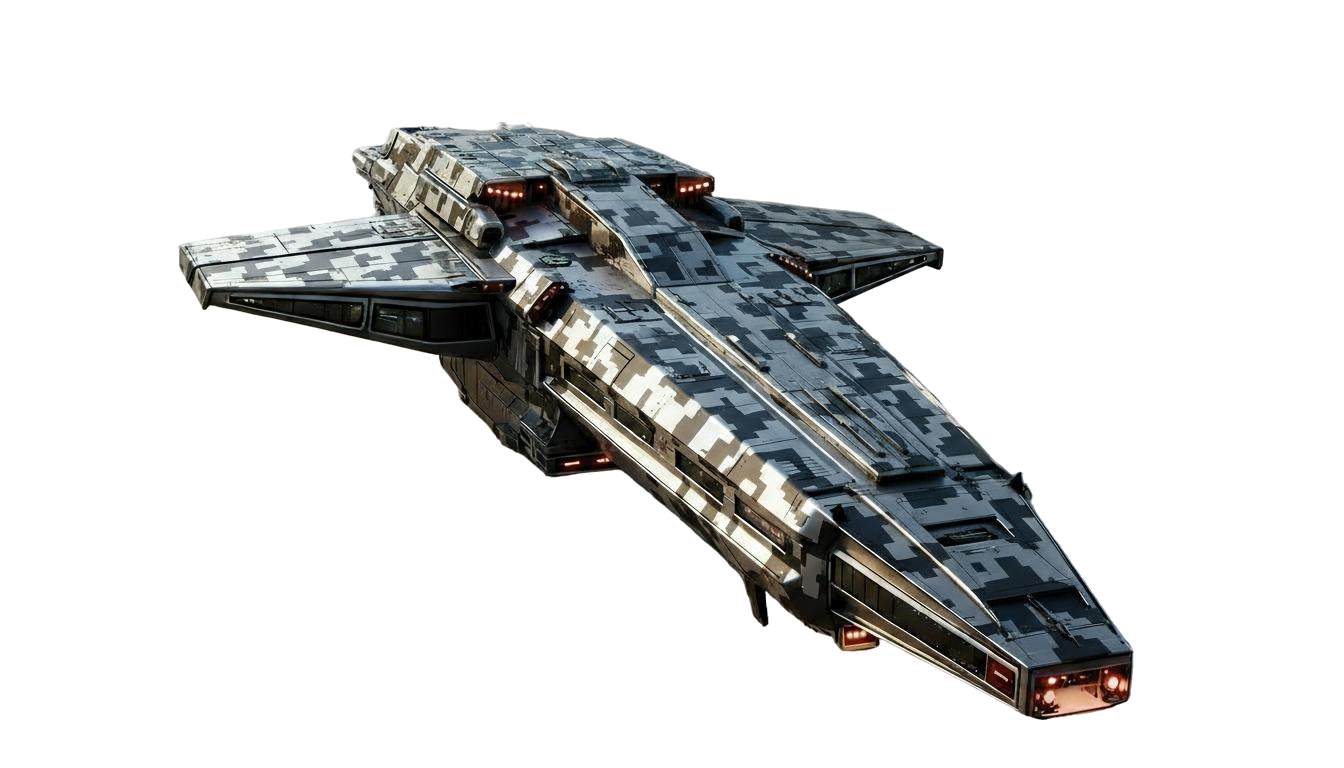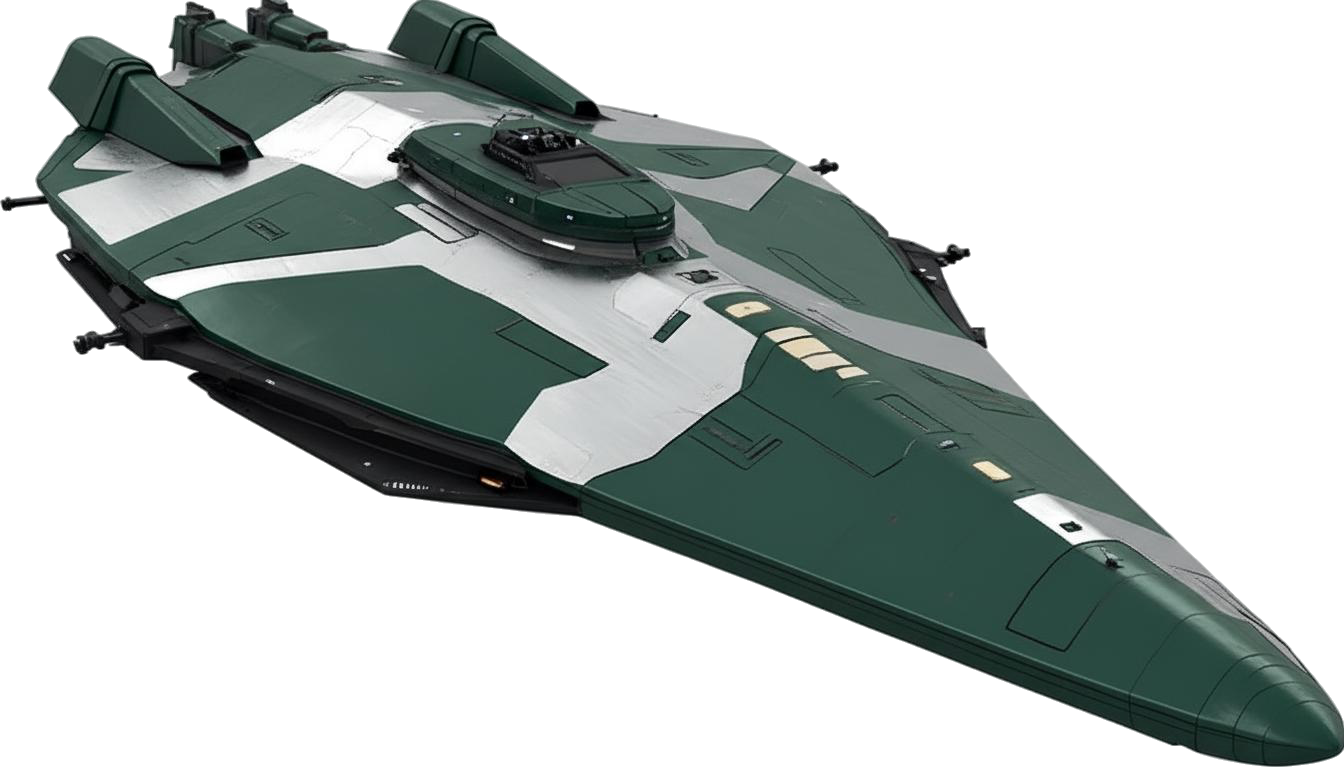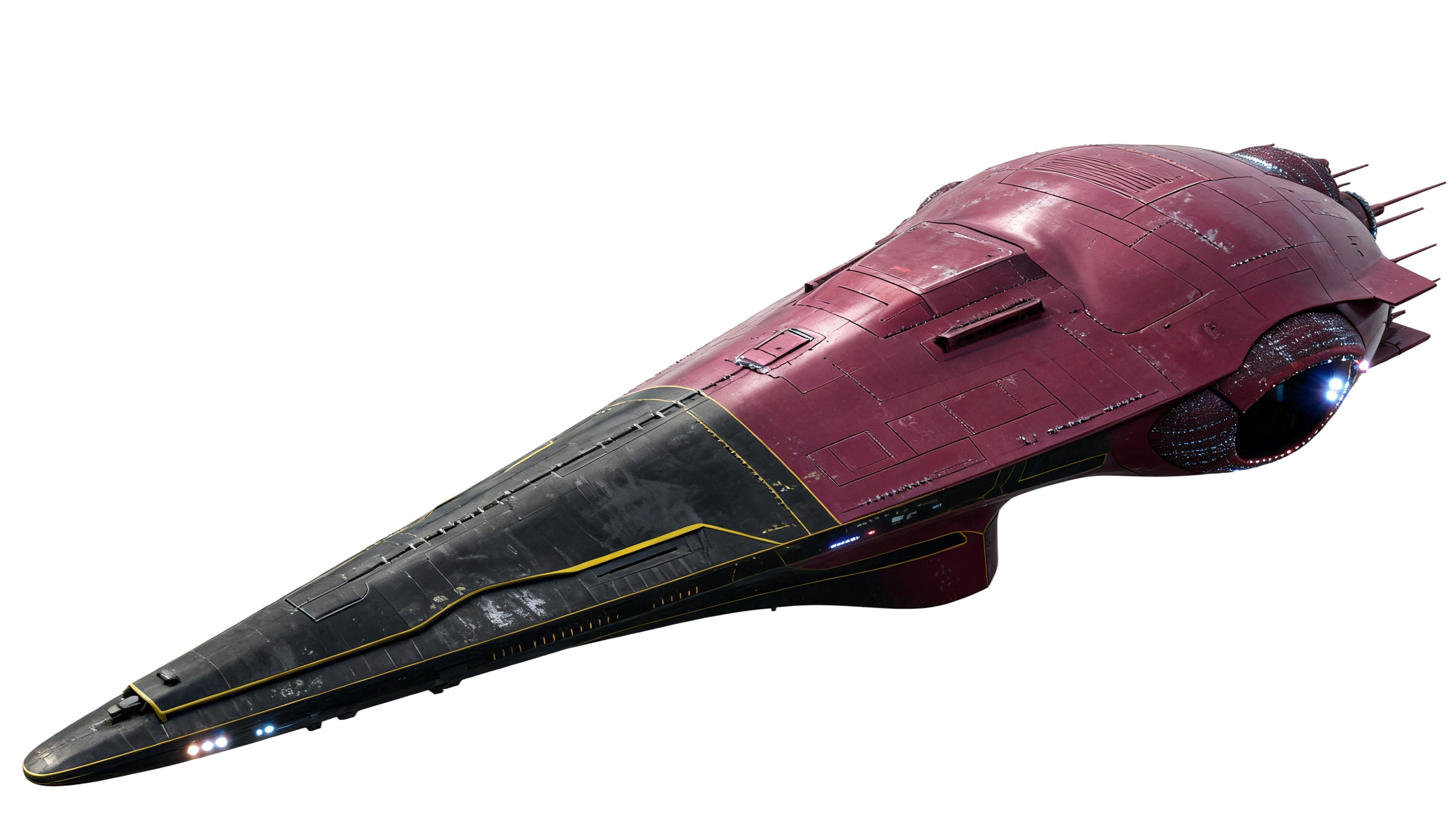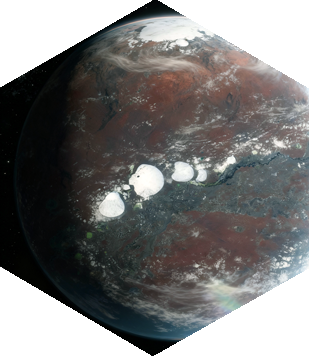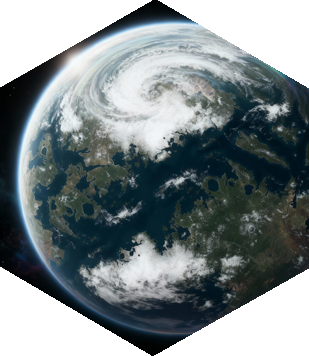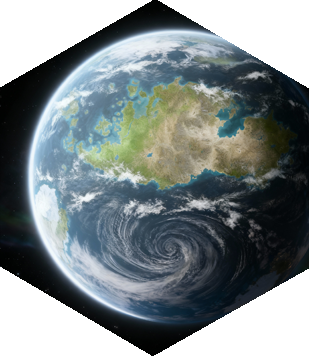Nemoris
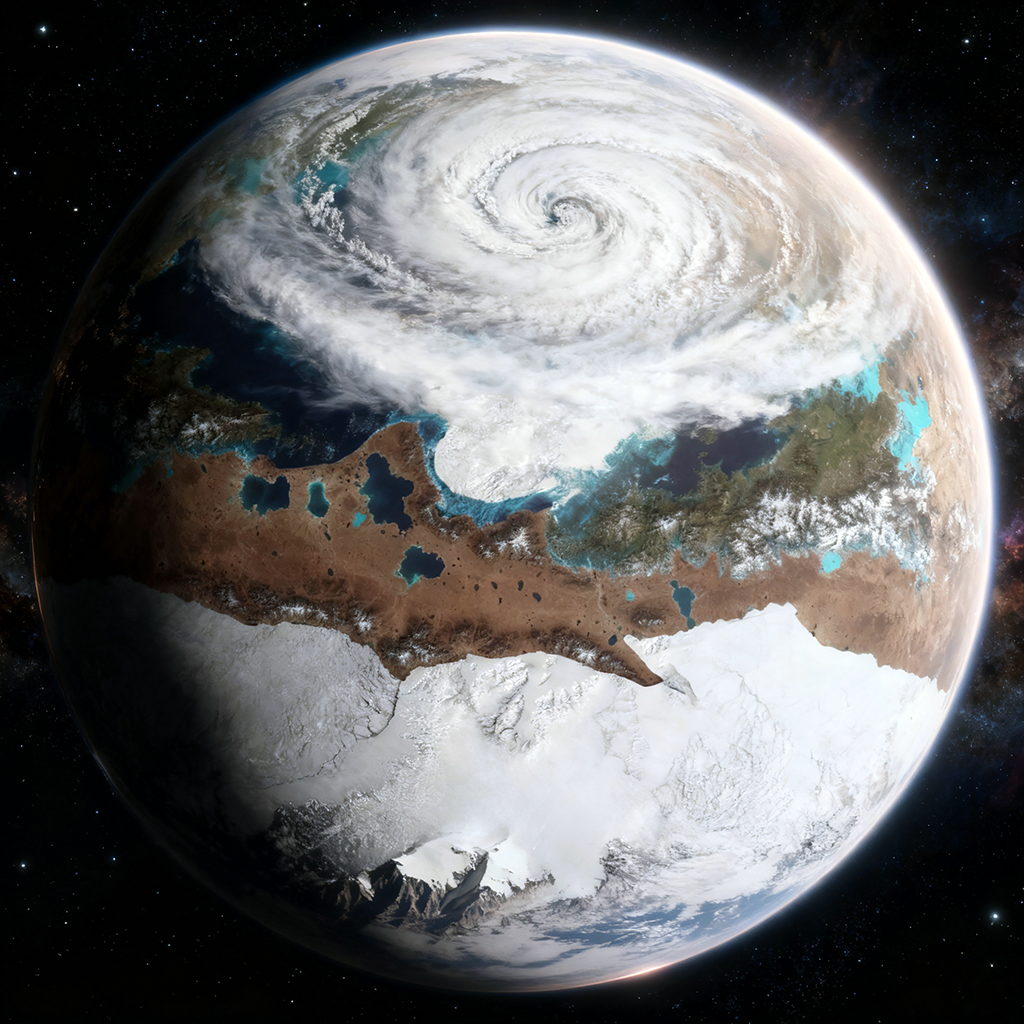
Introduction
Nemoris — “Cold Hills” in the old Cetian tongue *Nem-oris* — is a rugged, high-latitude colony on Gliese 205, characterized by glacial plateaus, tundra grasslands, and wind-carved ridges. Though its terrain is severe and its temperatures low, Nemoris forged a culture of endurance and fraternity, where life thrives through unity and discipline rather than ease.
Geography and Environment
Nemoris has a radius of 4,301 km and surface gravity of 0.77 G. Its mean temperature averages 271 K (-2 °C), and its atmosphere, dense at 0.92 atm, preserves a perpetual chill beneath pearl-gray skies. Only 26 percent of its surface contains open water; the remainder is frozen lakes, permafrost plains, and cold-weather scrub forests. The Water/Ice Index of 18.6 marks it a marginally habitable world requiring heated settlements and sealed agriculture domes.
Its polar auroras are among the brightest in Cetian space, sweeping across mountain crests like luminous banners. These celestial lights are central to Nemorian spirituality, seen as manifestations of the planet’s living breath.
Settlements and Society
The population of 812,000 lives in a lattice of subterranean and semi-buried hill towns designed for warmth conservation. The capital, Rauthen, lies within a volcanic caldera ringed by geothermal vents that power the city and heat its terraced gardens. Architecture favors reinforced stone composites, half-buried structures, and communal halls built around radiant cores.
Nemorian society prizes cooperation and ritual endurance. Every citizen contributes to “The Hearth,” a system of mutual aid ensuring that no individual faces the elements alone. Annual Renewal Trials, survival events conducted in the tundra, serve both as a civic ceremony and physical education.
Economy and Role
Nemoris’s economy centers on mineral extraction, cold-resistant livestock, and cryogenic research. Its mines yield alloys that retain flexibility at low temperatures, exported to Consortium defense fleets. Hydroponic farms in thermal caverns produce high-calorie nutrient paste sustaining both locals and frontier stations.
Despite its small scale, Nemoris holds cultural prestige as the “Forge of Character.” Consortium academies send cadets here for endurance training, and its people are admired for stoic composure and reliability in hardship.
Conclusion
Nemoris endures as the embodiment of Cetian resolve — austere, communal, and unyielding. From its icy hills arise citizens tempered by endurance and united in duty, guardians of the Consortium’s perseverance.
